24Oct
24Oct
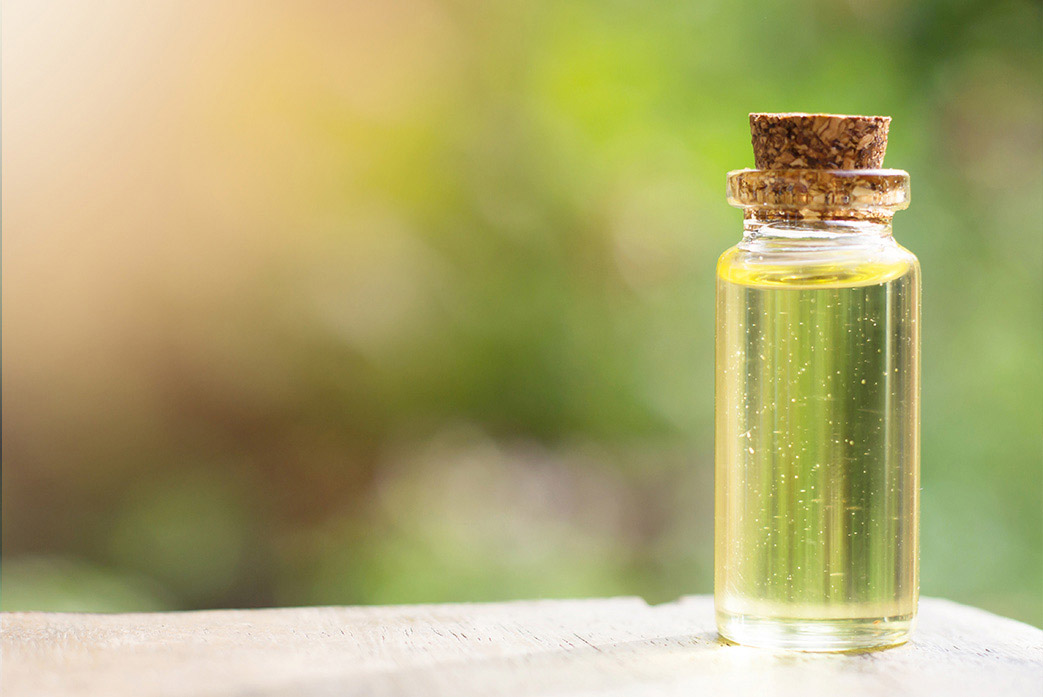
For at least 10,000 years, Cannabis has been used as a medicine, as an intoxicant, and in religious rituals [1, 2].
Cannabis remains both one of the safest intoxicants and one of the most versatile medicines in the world. It’s capable of offering a vast amount of nuanced delights and inspiration, while providing therapeutic liberation from ailments small and large.
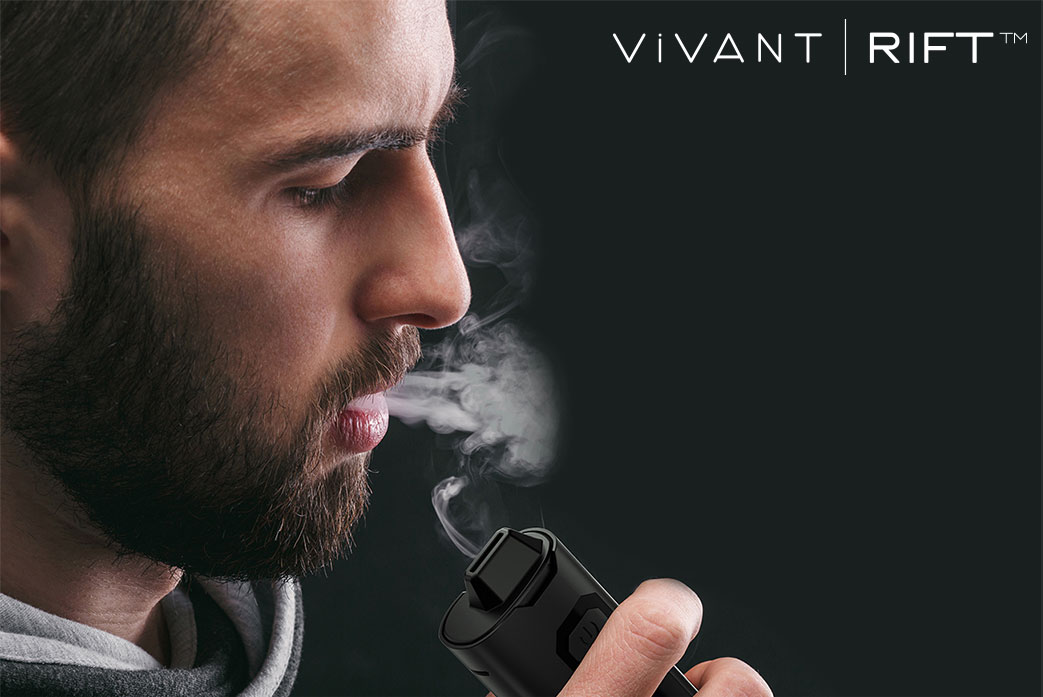
The most common method of Cannabis consumption is smoking.
Smoking requires the combustion of the Cannabis flower and leaves where the psychoactive chemicals such Tetrahydrocannabinol (THC) are released as smoke. These chemicals are absorbed into the bloodstream via the lungs through inhalation.
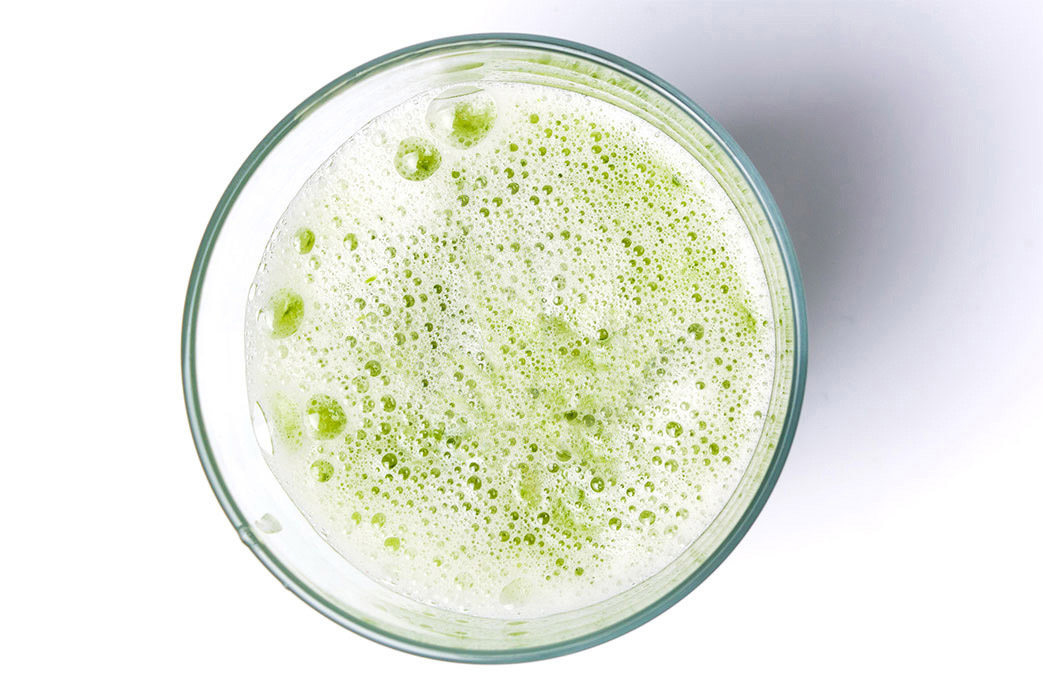
There are other methods to use Cannabis such as ingestion and topical creams.
These methods are less predictable since dosages are not perfectly controlled. The onset of effects, duration, and intensity will vary from person to person based on each individual’s metabolism.
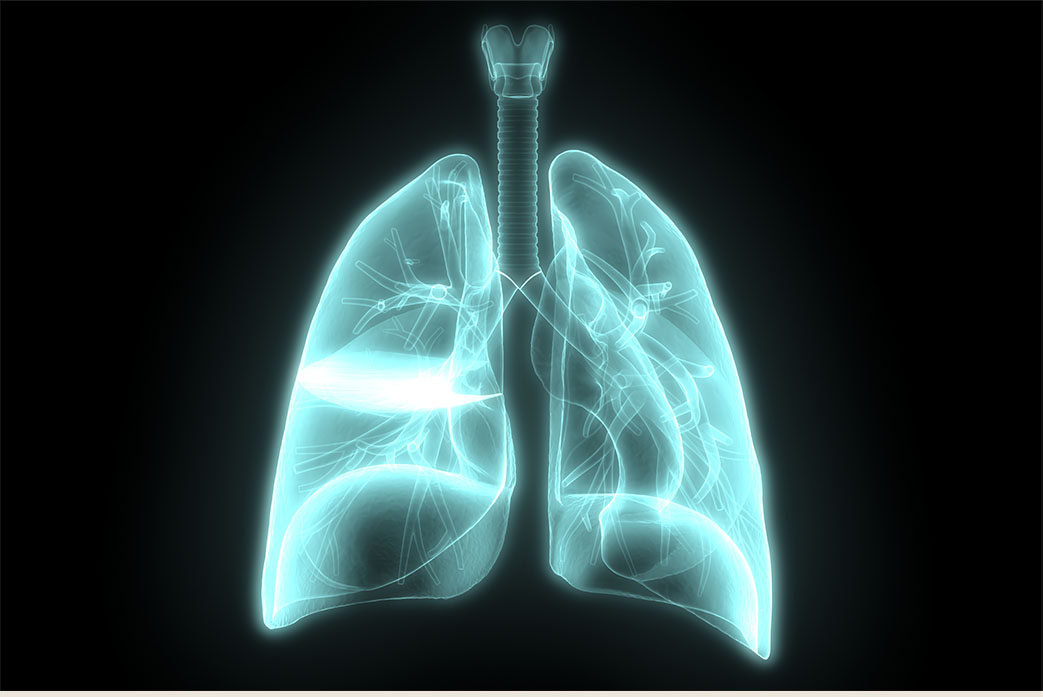
Combustion of any plant material releases toxic compounds and irritants, and Cannabis is no exception.
Cannabis smoke contains gaseous and particulate matter with the potential to create symptoms of respiratory problems. Burning medical marijuana, just like burning tobacco, produces tar and other carcinogens that actively harm your lungs [3]. Although Cannabis creates fewer problems than cigarette smoking [4].
Inhalation of combusted Cannabis is associated with large airway inflammation, increased airway resistance, and lung hyperinflation, and those who smoke marijuana regularly report more symptoms of chronic bronchitis than those who do not smoke [5].
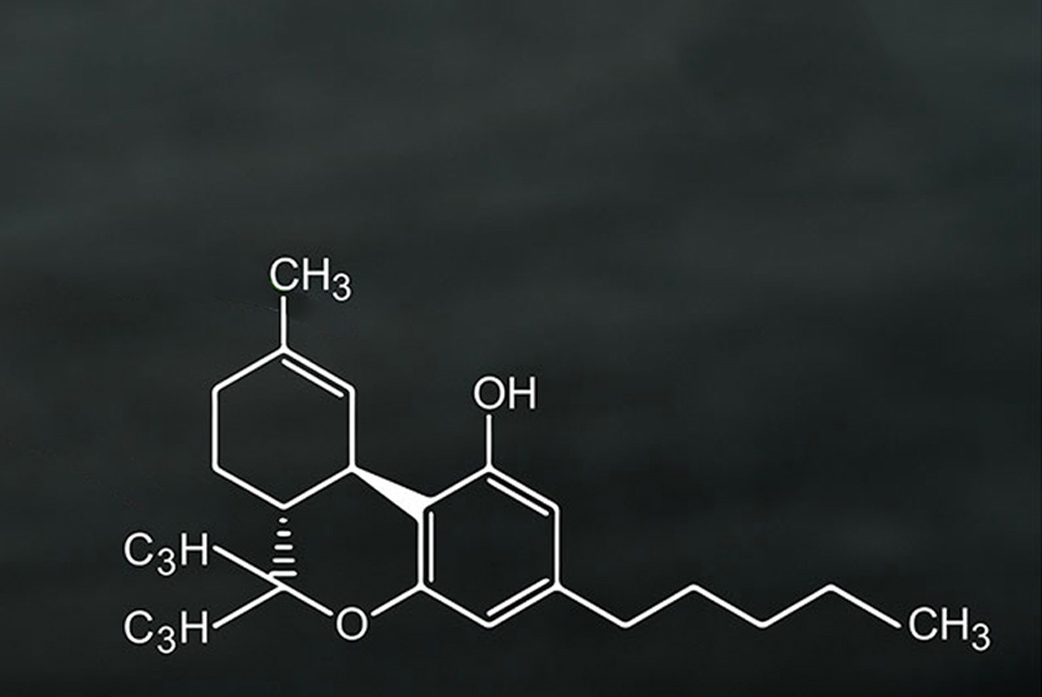
Vaporizers are able to circumvent these risks by gently heating marijuana to a thermal sweet spot that releases active compounds without creating smoke.
This is achieved by hitting temperatures above the boiling point of cannabinoids like THC, but below the combustion point of the plant. Most cannabinoids and terpenes, the therapeutic compounds found in Cannabis, boil in the range of 315-440°F (157-227°C). Beyond 451°F (233°C), combustion begins to occur. For reference, the lowest possible temperature of the butane flame in your Bic lighter is 761°F (405°C). These essential oils contain the majority of the cannabinoids and terpenes which give Cannabis its effects, so in essence, vaporization gives you all the good stuff and very little of the bad [6, 7].
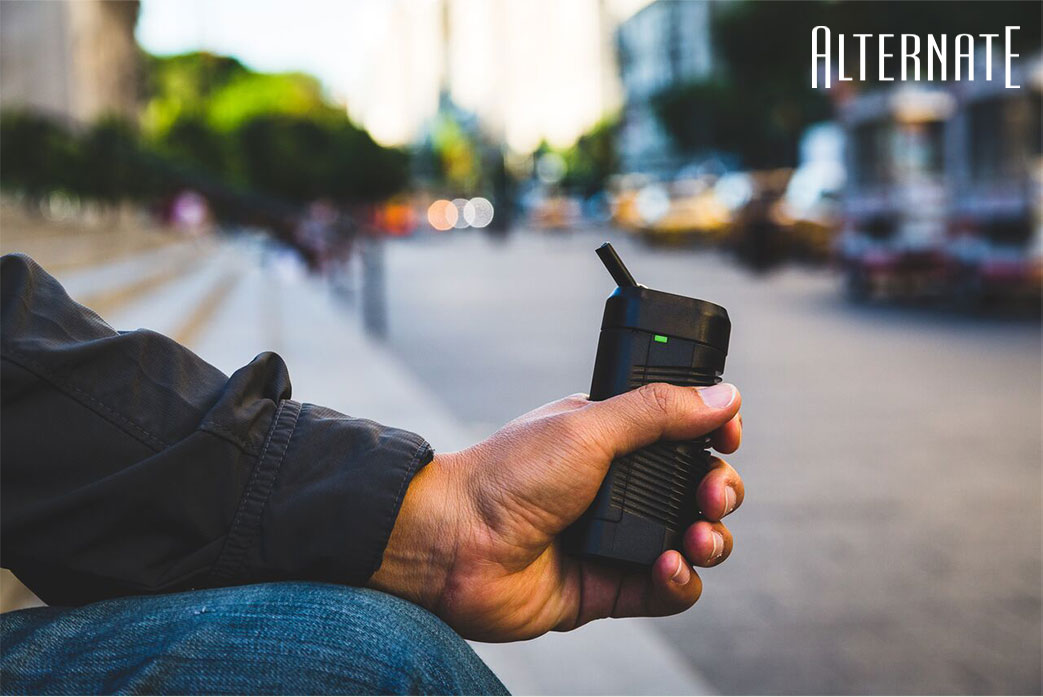
Vaporizers are also more efficient than smoking.
When Cannabis is combusted, it reaches high enough temperatures to instantly destroy 50 percent of the cannabinoids. As a result vaporizers will require less Cannabis to reach the same level effectiveness.
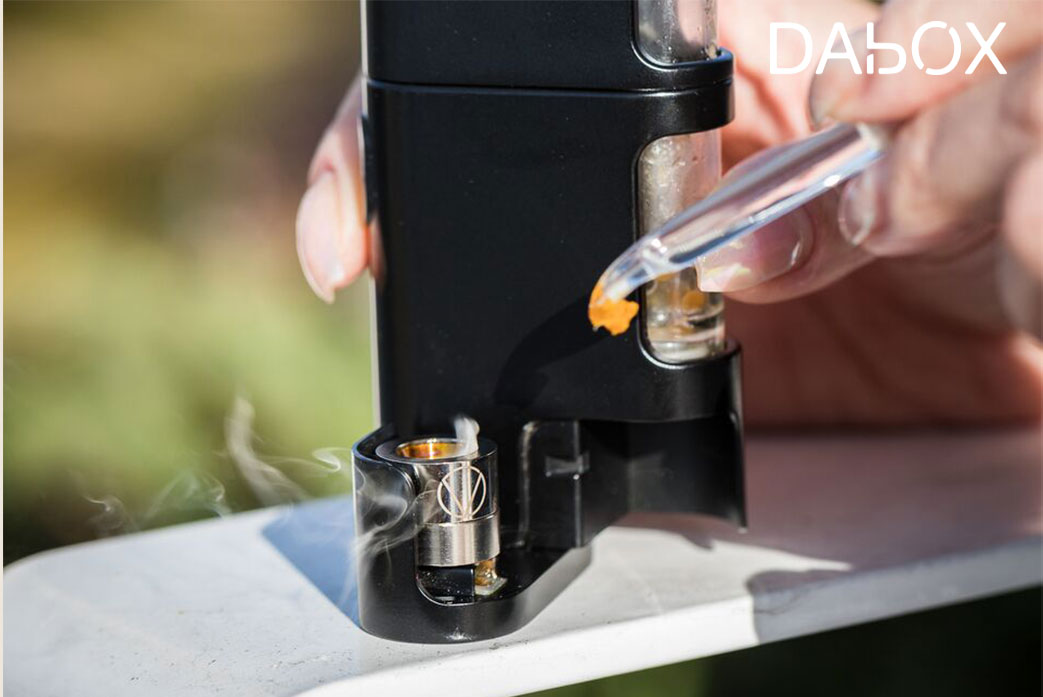
Another positive of using vaporizers is the lack of smell compared to smoking.
Vapor is less dense than smoke and it quickly dissipates especially in a ventilated area. On the other hand, smoke contains more particulates as byproducts of combustion such as tar, and many of these small particles are sticky and easily attach to the walls or fabrics.
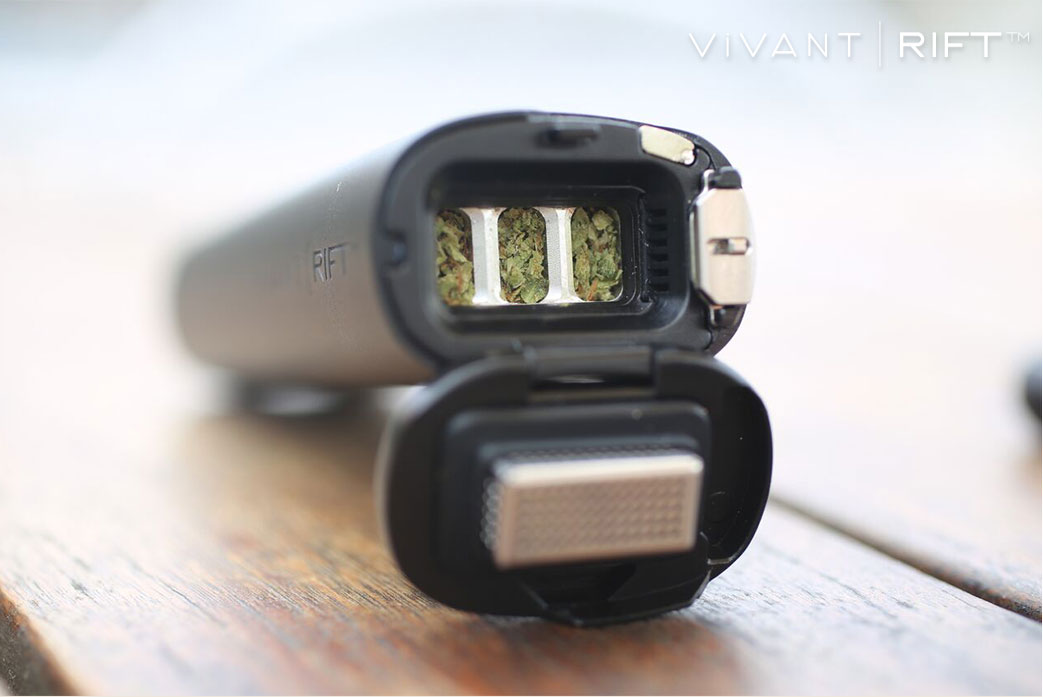
Lastly vaporizers allow the user to truly tastes the flavor of their Cannabis product.
The high heat of combustion leads to burning and smoke which overpowers the natural flavors of the plant. Cannabis plants get their unique aroma from molecules called terpenes. Terpenes are natural aroma chemicals found in plant resins, and they also impact how different Cannabis varieties make you feel. Different terpenes have different boiling points. This means that when heated to low temperatures, some flavors and aromas are more likely to express than when heated to high temperatures. Adjusting the temperature on a vaporizer will allow you to fine-tune the Cannabis experience.
In conclusion:
- Vaporizers allow you to truly taste Cannabis.
- Vaporizers are less smelly.
- Vaporizers are more efficient at using Cannabis.
- And most importantly Vaporizers are safer for your health.
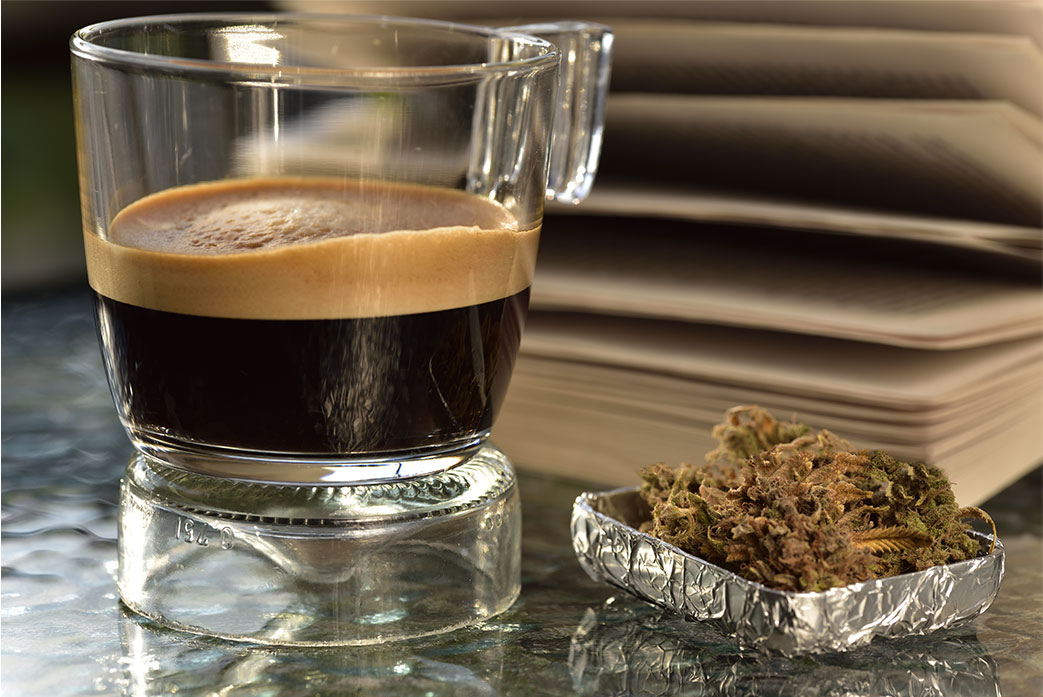
References
1. Abrahamov, Aya et al. "An Efficient New Cannabinoid Antiemetic In Pediatric Oncology". Life Sciences, vol 56, no. 23-24, 1995, pp. 2097-2102. Elsevier BV, doi:10.1016/0024-3205(95)00194-b.
2. Bouaboula, Monsif et al. "A Selective Inverse Agonist For Central Cannabinoid Receptor Inhibits Mitogen- Activated Protein Kinase Activation Stimulated By Insulin Or Insulin-Like Growth Factor 1". Journal Of Biological Chemistry, vol 272, no. 35, 1997, pp. 22330-22339. American Society For Biochemistry & Molecular Biology (ASBMB), doi:10.1074/jbc.272.35.22330.
3. Tashkin, Donald P. "Effects Of Marijuana Smoking On The Lung". Annals Of The American Thoracic Society, vol 10, no. 3, 2013, pp. 239-247. American Thoracic Society, doi:10.1513/annalsats.201212-127fr. Accessed 4 Oct 2018.
4. Melamede, Robert. Harm Reduction Journal, vol 2, no. 1, 2005, p. 21. Springer Nature, doi:10.1186/1477-7 517-2-21. Accessed 4 Oct 2018.
5. Owen, Kelly P. et al. "Marijuana: Respiratory Tract Effects". Clinical Reviews In Allergy & Immunology, vol 46, no. 1, 2013, pp. 65-81. Springer Nature, doi:10.1007/s12016-013-8374-y. Accessed 4 Oct 2018.
6. Clark, Robert. "Vaporizer-Selection System Malfunction In The Dräger Narkomed 2C Machine". Anesthesiology, vol 104, no. 4, 2006, p. 891. Ovid Technologies (Wolters Kluwer Health), doi:10.1097/000005 42-200604000-00042.
7. Gieringer, Dale et al. "Cannabis Vaporizer Combines Efficient Delivery Of THC With Effective Suppression Of Pyrolytic Compounds". Journal Of Cannabis Therapeutics, vol 4, no. 1, 2004, pp. 7-27. Informa UK Limited, doi:10.1300/j175v04n01_02.

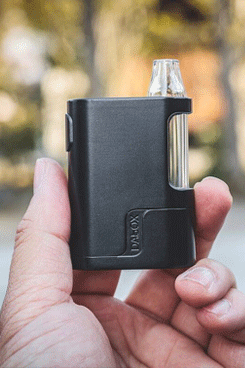
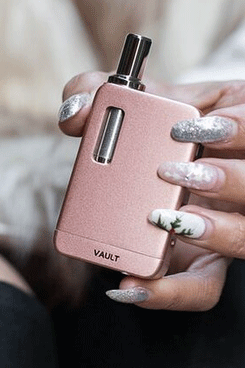
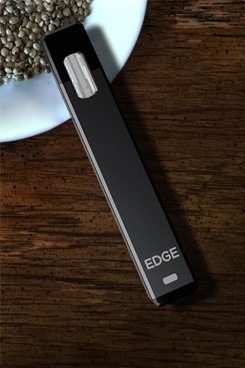
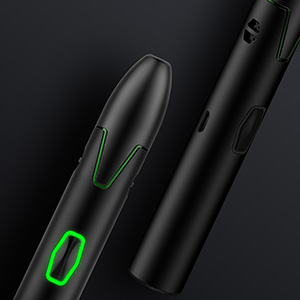
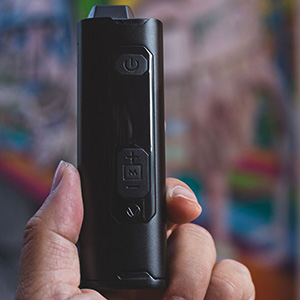

0 customer responses